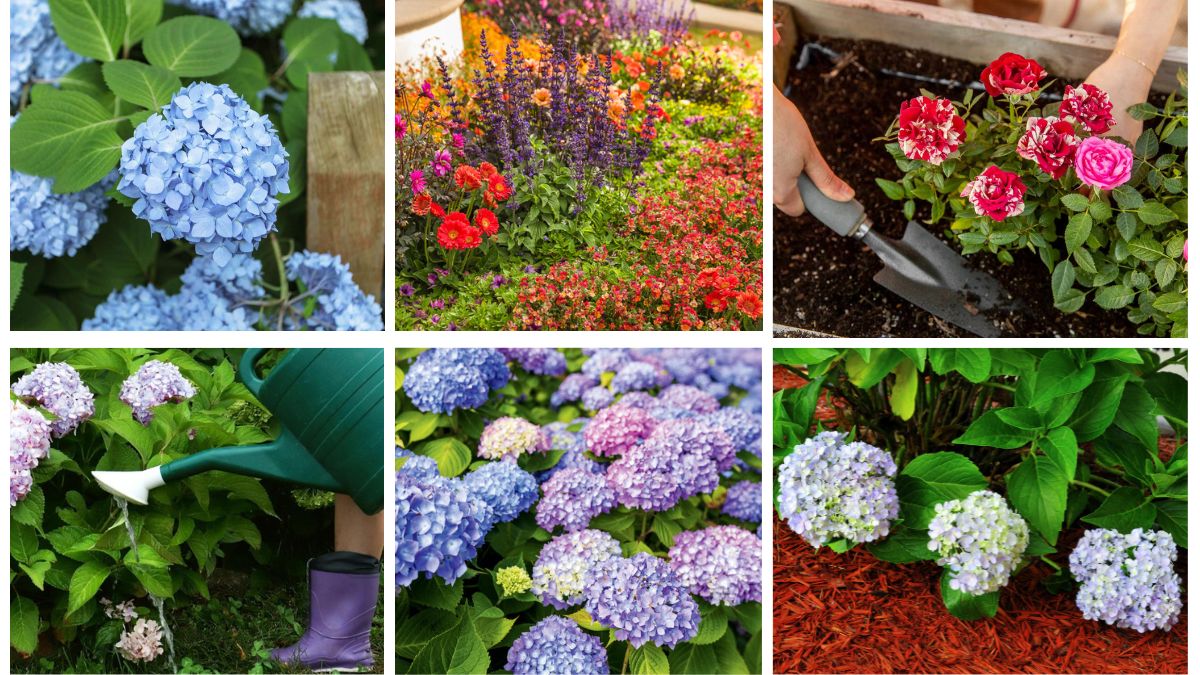Hydrangeas are beloved for their lush, globe-like flowers that bloom in stunning shades of blue, pink, white, and purple. Whether you’re a beginner or a seasoned gardener, growing hydrangeas can be incredibly rewarding if you understand their unique needs. From soil preparation to pruning techniques, proper care ensures you get those big, beautiful blooms season after season. Here are 8 essential tips to help you grow thriving hydrangeas and create a garden full of showy, vibrant flowers.
1. Choose the Right Hydrangea Variety
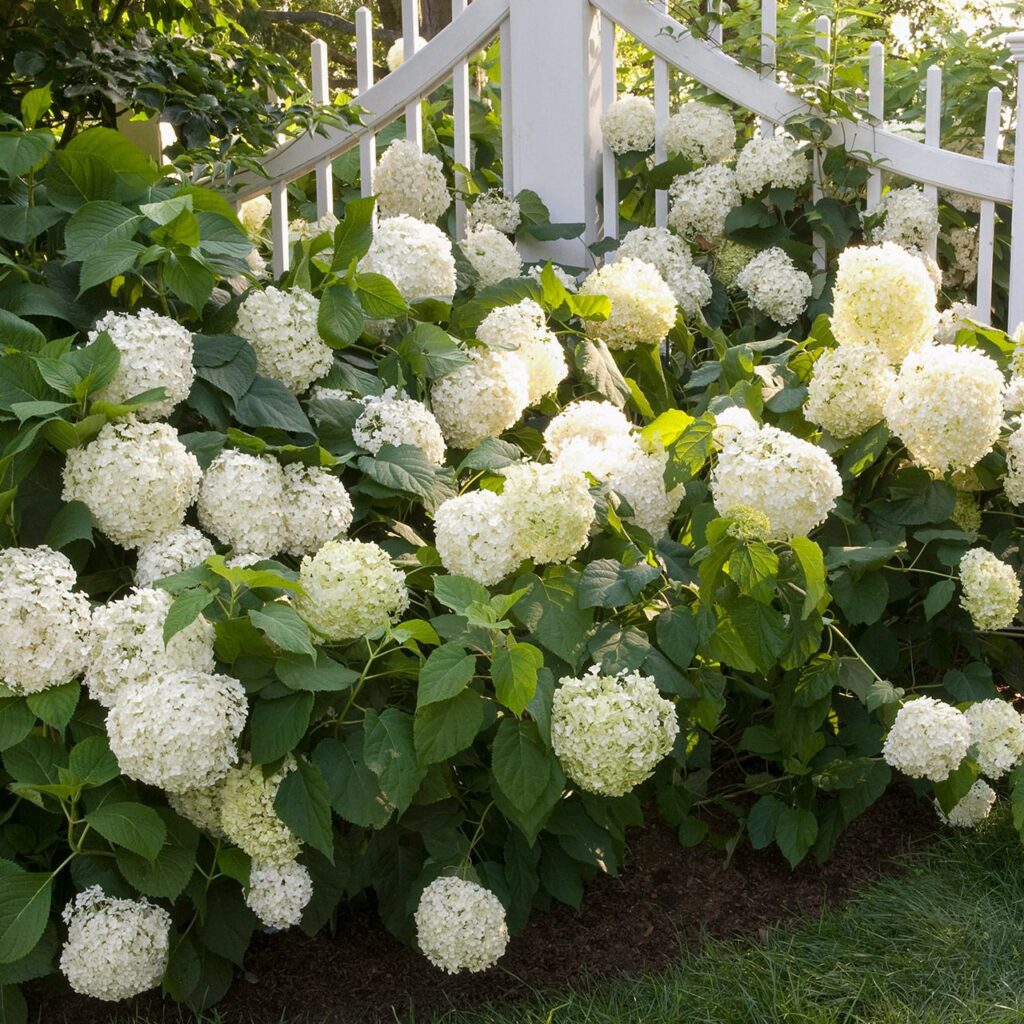
Not all hydrangeas are created equal. Some bloom on old wood (like Hydrangea macrophylla), while others bloom on new wood (like Hydrangea paniculata). Understanding the difference is key to pruning and bloom success. If you’re in a colder climate, opt for hardy varieties like ‘Annabelle’ or ‘Limelight.’ For coastal or temperate areas, mophead or lacecap hydrangeas offer dramatic color. Choosing the right variety suited to your climate and garden space ensures better bloom performance and less maintenance stress.
2. Plant in the Right Location
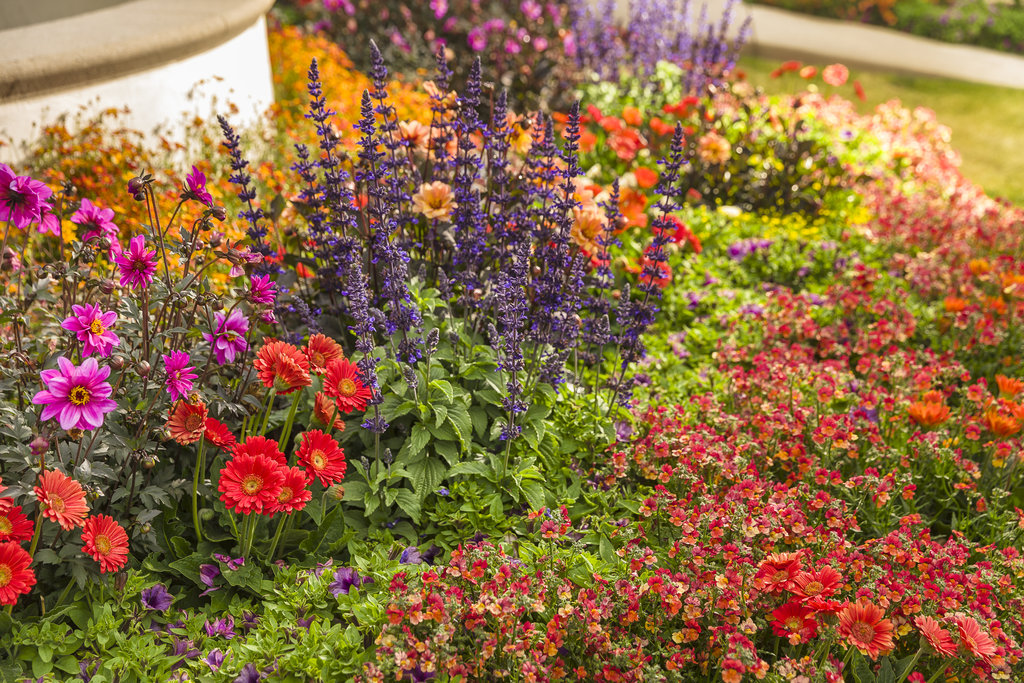
Hydrangeas thrive best in locations with morning sun and afternoon shade. Too much intense afternoon sun can scorch the leaves and reduce bloom size, while too much shade can limit flower production. Look for a spot that gets 3–6 hours of sunlight daily and is protected from strong winds. Hydrangeas also need well-draining soil to avoid root rot. A thoughtfully chosen location allows your hydrangeas to develop healthy roots and produce full, vibrant blooms throughout the season.
3. Prepare the Soil Well
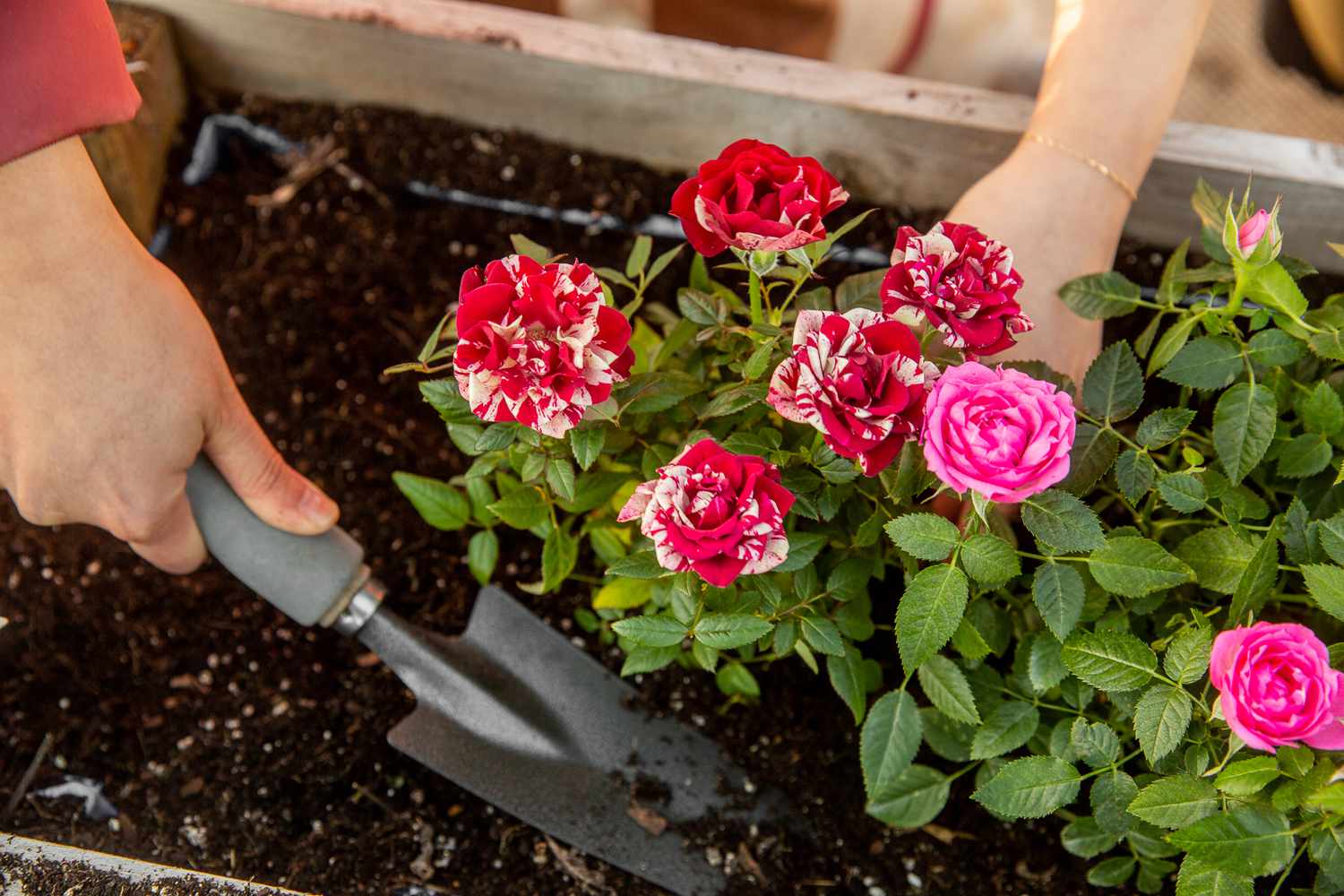
Healthy hydrangeas start with healthy soil. These plants prefer rich, loamy soil with good drainage and high organic matter. Before planting, mix compost or aged manure into the soil to boost nutrients. The soil’s pH can also influence bloom color in some hydrangeas—acidic soil produces blue flowers, while alkaline soil leads to pink. Use a soil test kit to determine your pH, and amend it accordingly with sulfur or lime to control flower color if desired.
4. Water Consistently, But Don’t Overdo It
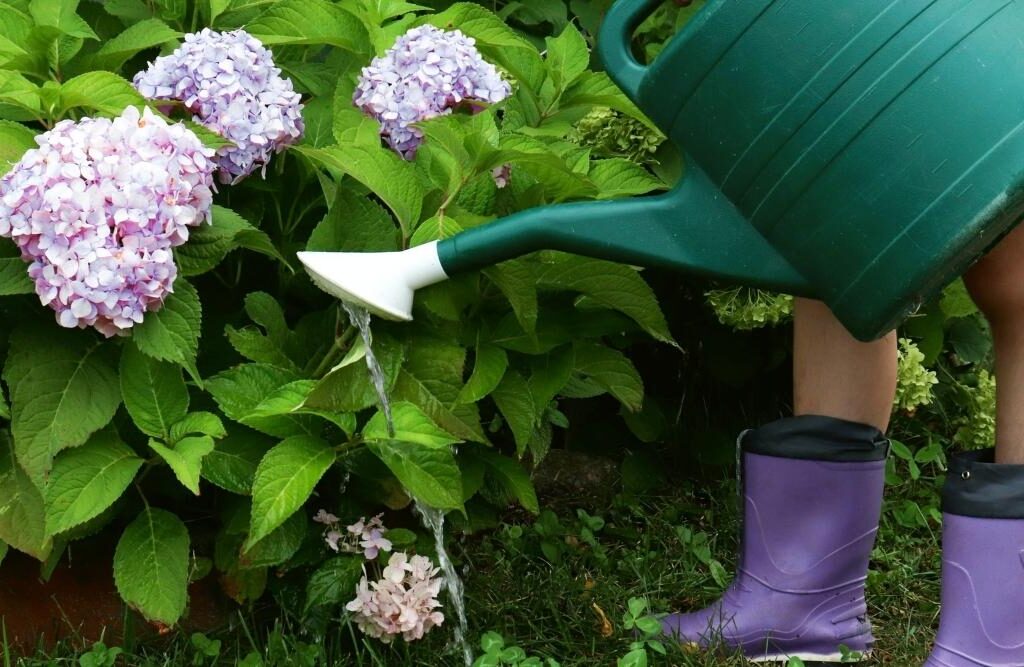
Hydrangeas are moisture-loving plants, especially during hot summers and blooming periods. However, overwatering can cause root rot and yellowing leaves. Aim to keep the soil evenly moist—about 1 inch of water per week is ideal, more during dry spells. Water deeply at the base of the plant to encourage deep roots, and avoid overhead watering to prevent fungal diseases. Mulching around the base can help retain soil moisture and reduce temperature fluctuations.
5. Prune Correctly According to the Type
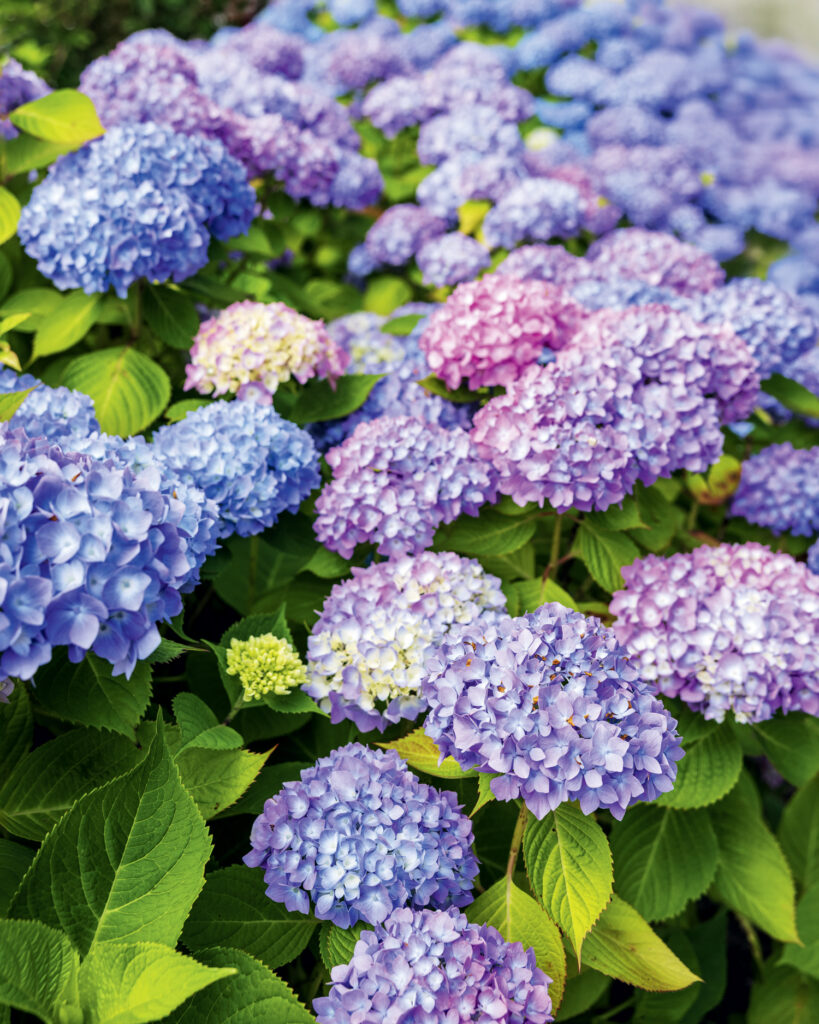
Improper pruning is one of the main reasons hydrangeas fail to bloom. Some types bloom on old wood (last year’s growth), while others bloom on new wood (current year’s growth). For example, Hydrangea macrophylla should be pruned after flowering in late summer, while Hydrangea paniculata and arborescens can be pruned in late winter or early spring. Always identify your hydrangea type before cutting. Proper pruning enhances plant shape, controls size, and maximizes flower production.
6. Feed with the Right Fertilizer
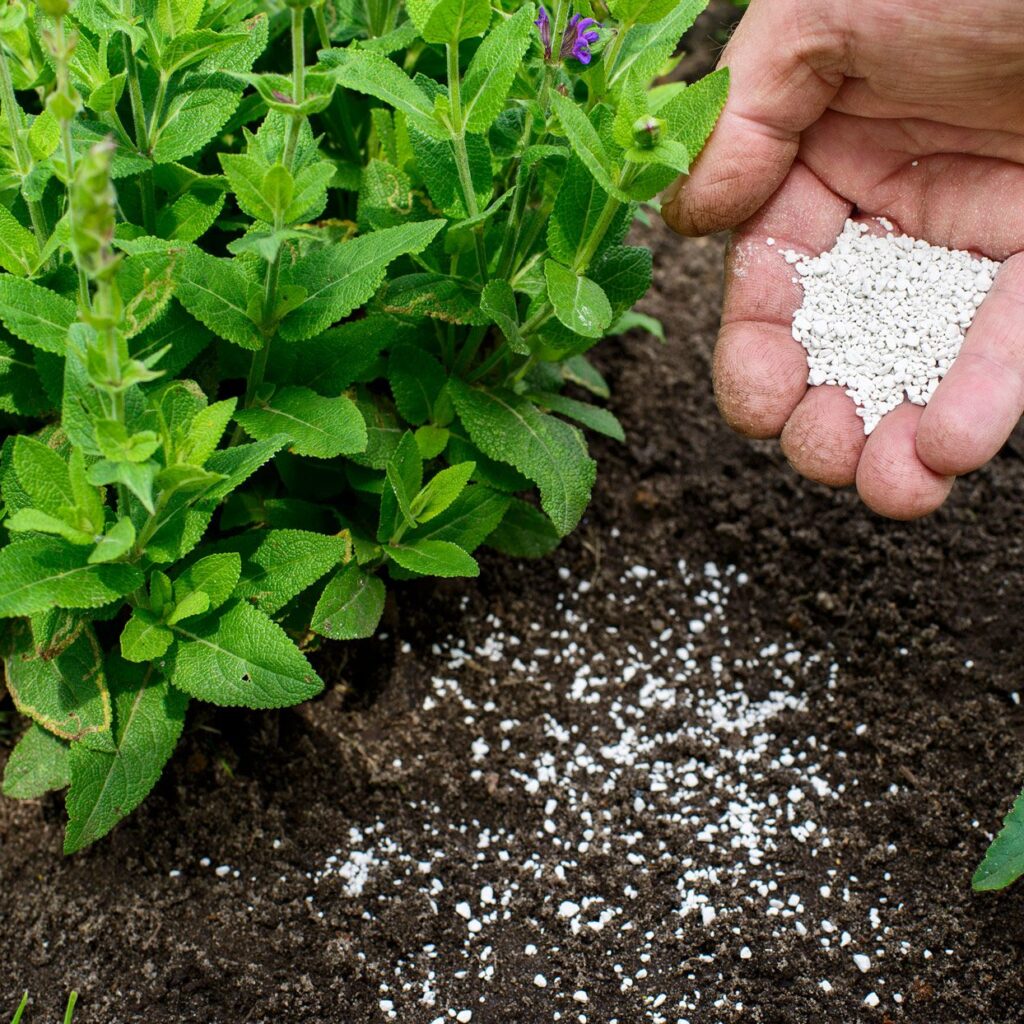
Hydrangeas benefit from feeding, especially during the growing season. Use a balanced slow-release fertilizer (like 10-10-10) in spring as new growth emerges. For extra blooms, apply a phosphorus-rich formula, but avoid over-fertilizing, which can lead to excessive leaf growth at the expense of flowers. Acid-loving fertilizers may also help maintain blue flower colors. Always follow label instructions and water the plant after feeding. The right nutrients support lush foliage and help produce fuller, more vibrant blooms.
7. Control Pests and Diseases Early
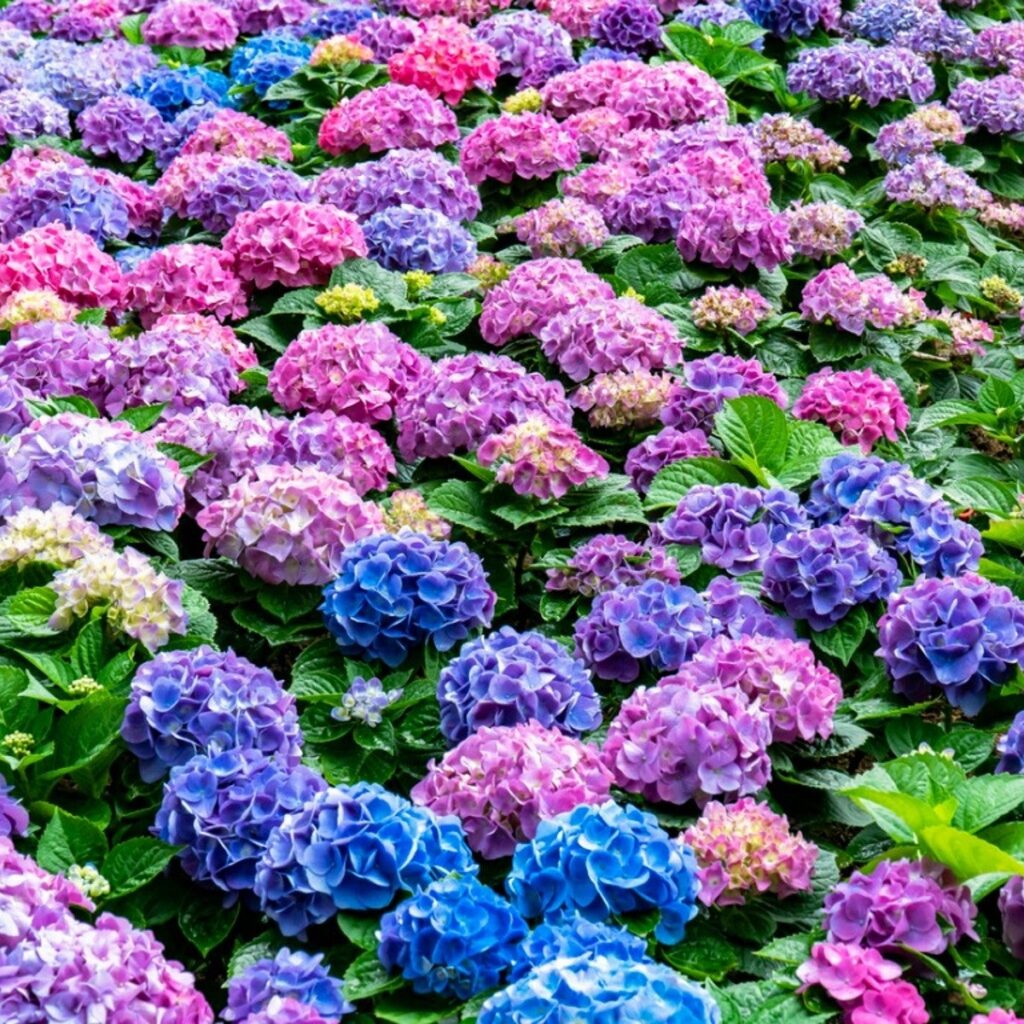
While hydrangeas are relatively pest-resistant, they can be affected by aphids, spider mites, and powdery mildew. Check regularly for signs of trouble, such as distorted leaves or white powdery patches. Neem oil, insecticidal soap, or horticultural oils are good organic treatment options. Ensure proper air circulation around the plants and avoid overhead watering to reduce fungal issues. Tackling problems early prevents damage and ensures your hydrangeas stay healthy and bloom-ready all season long.
8. Use Mulch to Retain Moisture and Regulate Temperature
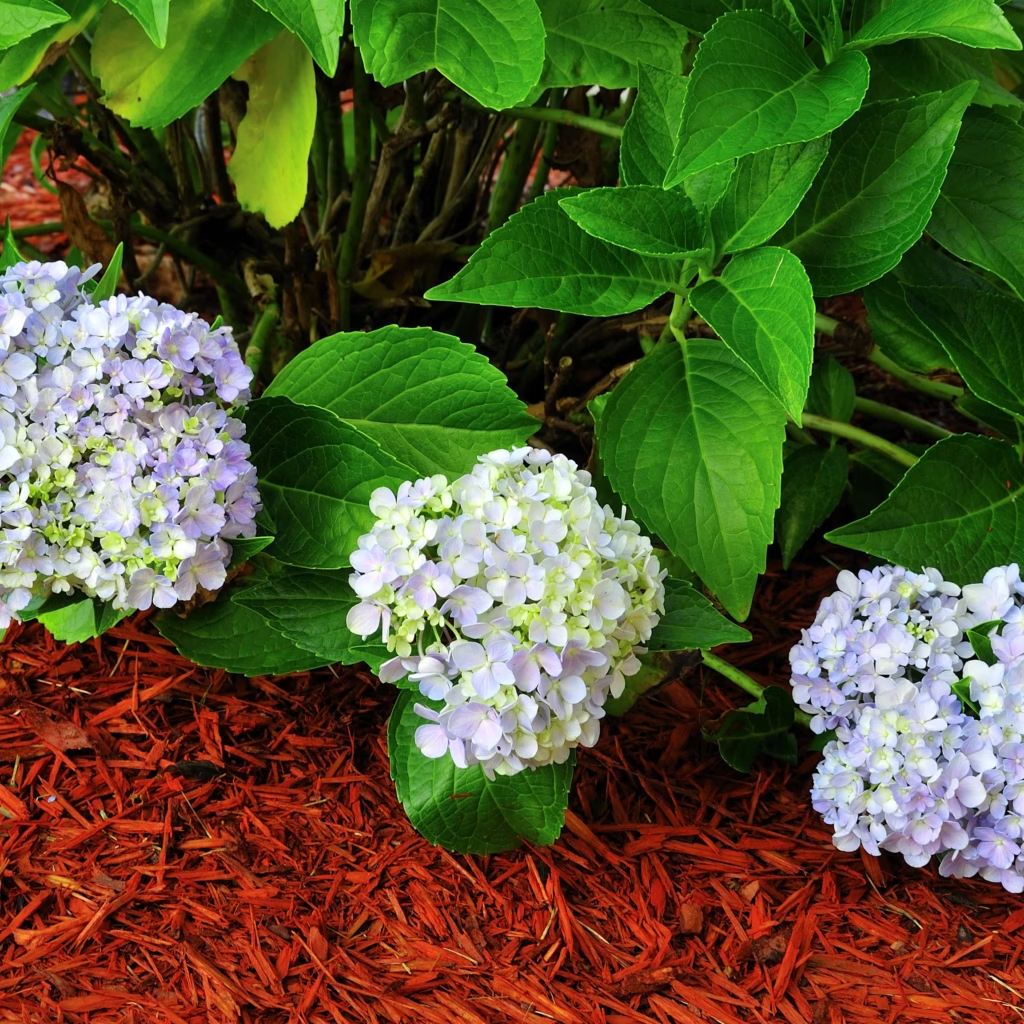
Mulching is a simple but powerful tip for hydrangea care. A 2–3 inch layer of organic mulch (like pine bark, wood chips, or compost) helps retain soil moisture, suppress weeds, and regulate soil temperature. It also improves soil structure over time as it decomposes. Keep mulch a few inches away from the stem to prevent rot. In colder climates, mulch also acts as a protective barrier for roots in winter, helping your hydrangeas bounce back in spring.
Final Thoughts
With the right care and attention, hydrangeas can become the star of your garden. These 8 tips provide a complete guide to growing healthy, show-stopping blooms that return year after year. Whether you’re planting your first hydrangea or trying to revive an old one, understanding their needs—from soil to sunlight and pruning to pest control—will help you cultivate a garden filled with lush, colorful blossoms.
